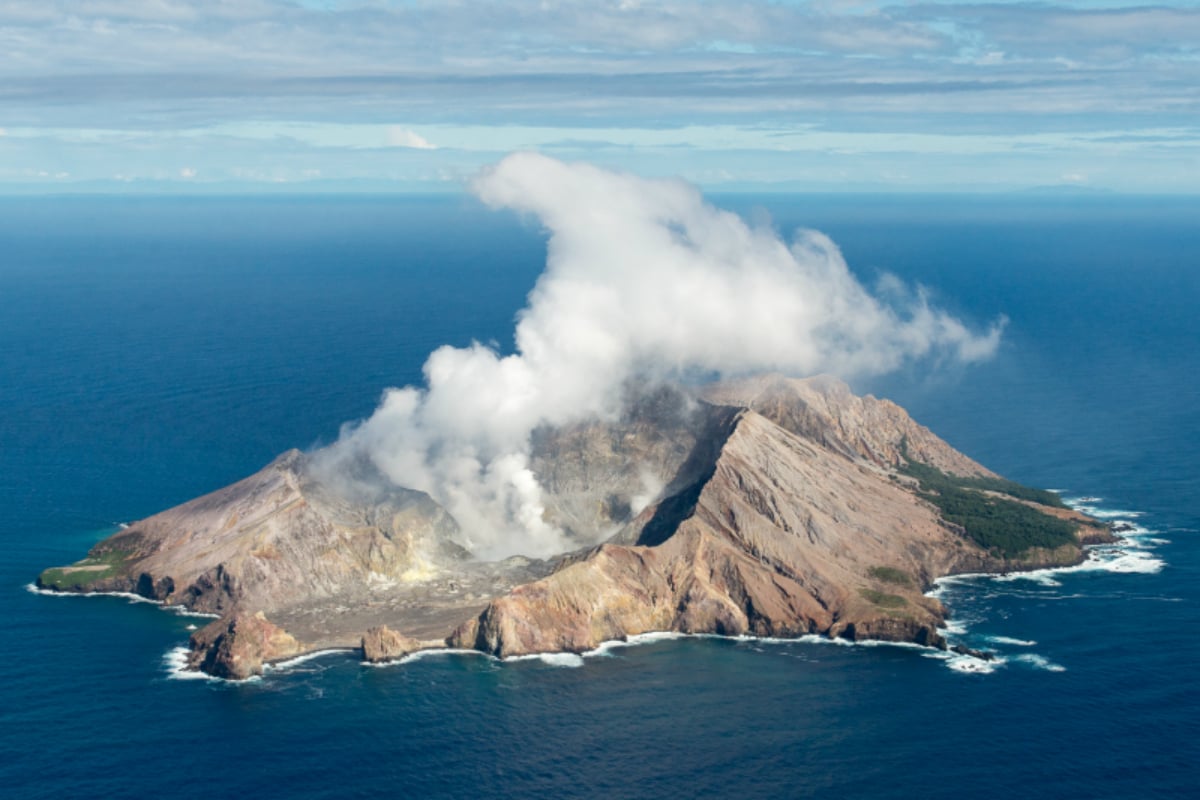
At 2.11pm on Monday, December 9, New Zealand’s White Island volcano erupted.
47 people were on the island at the time. At least 16 people, 10 of whom are Australian, were killed by the blast. It has been the volcano’s most fatal eruption.
Professor Ray Cas from Monash University has visited White Island twice and told the Australian Science Media Centre that it “has been a disaster waiting to happen for many years”.
“Having visited it twice, I have always felt that it was too dangerous to allow the daily tour groups that visit the uninhabited island volcano by boat and helicopter.”


